Change is afoot on John Oliver’s farm near Limavady, Co Derry. The 2019/20 breeding season has been delayed to allow his autumn-calving herd to gradually transition to a spring-calving profile.
John has a compact calving block, with over half the herd calved down by the end of September 2019.
Dairylink: Moving to spring calving in Derry.
Like most autumn-calving herds, the overall aim is to produce milk from good-quality silage and concentrate during peak lactation over the winter and then get cows out to grass as soon as conditions allow in the spring.
The latest rolling average figures show the 100-cow herd is averaging 7,200 litres from 2.1t of concentrate.
However, John’s tight calving block means that most of the herd is dry during July and August when ground conditions and grass growth are ideal for grazing.
More ground is available for grazing on the Oliver farm during the summer as silage ground joins the milking platform, but John has found himself spreading less fertiliser from July onwards as demand for grass drops.
Grass data shows that in July 2019 he recorded grazing covers around 400kg DM/LU, which is well in excess of the seasonal target of 180kg to 200kg DM/LU.
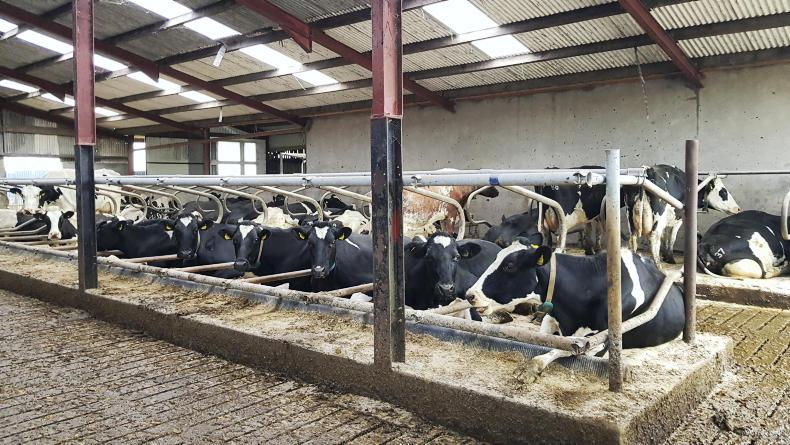
John will delay breeding by 10 weeks this year.
Opportunity
“At one point last year, I had 37 cows milking with 100 acres available for grazing. I wasn’t able to capitalise on grazed grass when the opportunity was there and I didn’t need to make any more silage,” he said.
This led him to consider a different production model, where cows are dry during the winter months.
John makes it clear that he isn’t planning on developing a typical spring-calving herd in a low-input, low-output system.
Instead, he is aiming to maintain current milk yields, with the only major change being the seasonal profile of milk production.
“It’s not a low-cost system that I am after. It will be the same cow type and milk yield, although there should be some savings in meal during mid-lactation when I get more from summer grass,” John said.
He wants to make better use of his milking platform by growing and utilising more grass during the second half of the growing season. He already has the knowledge and skill set to effectively measure, budget and manage grass.
Dairylink adviser Aidan Cushnahan said that monthly benchmarking figures on the Oliver farm tend to be above the Northern Ireland average for grass utilisation during the grazing season.
He points to May 2019, when the herd was averaging 22 litres, with 18.6 litres coming from forage.
Milk cheque
Margin over concentrate (MOC) is often used as a monthly financial benchmark in Northern Ireland and is simply calculated by subtracting the meal bill from the milk cheque.
In November 2019, it averaged £5.89/cow/day, which is higher than that May figure of £5.52/cow/day.
“John feels that increasing the amount of milk produced in May would alter this balance,” Aidan said.
“For example, if we assumed an average milk yield of 29 litres in May instead of 22 litres and all other figures remained the same, then MOC would be £6.67/cow/day,” he added.
But the northwest is a high rainfall area and John’s farm has a mixed land type, so what happens in a wet year when grazing opportunities become limited?
“It doesn’t make a difference. It would be an issue if I was a 5,000-litre herd with 4,000 litres coming from grass, but I will be aiming for 2,500 litres coming from forage, which can be either grazed grass or silage,” John maintains.
“The system is exactly the same as before, but if it’s dry in the summer months I will be able to capitalise on grazed grass,” he said.
Financial and practical considerations to spring calving
Financial budgets and cashflow projections for the Oliver farm were used to see if changing seasonal milk production is feasible and how best to go about the change.
Like all financial projections, various assumptions have to be made. For example, a base milk price of 25ppl is used under both scenarios of remaining as an autumn-calving herd and moving to spring-calving.
“Adopting a spring-calving option would cause the bank balance to initially fall behind staying with an autumn-calving herd, but the figures would eventually reach a similar position over an 18- to 24-month period,” said Dairylink adviser Aidan Cushnahan.
Switching from autumn to spring calving within one season would have a significant impact on cashflow later in the year, so John has decided to make the switch gradually.
The plan is to start breeding 10 weeks later this year, which means it will begin in around three weeks’ time.
All cows will be eligible for service, apart from 10 late-calvers that were initially to be sold off, but are now staying to keep cow numbers up.
These cows will be past the voluntary waiting period within three weeks of breeding in the rest of the herd.
John will delay breeding by another eight to 10 weeks next year and a decision on when to start serving cows in the third year will be made nearer the time.
“I could decide to go on a bit further in the third year or keep it the same,” he said.
In short
John Oliver is changing his seasonal milk production profile from autumn to spring calving.The aim is to produce more milk from grazed grass during the summer months.The decision has been guided by financial and physical benchmarking, as well as cashflow projections.The transition will be gradual and will take two or three years. Read more
Getting prepared for calving in Derry
Recent dairy entrant joins Dairylink project
Change is afoot on John Oliver’s farm near Limavady, Co Derry. The 2019/20 breeding season has been delayed to allow his autumn-calving herd to gradually transition to a spring-calving profile.
John has a compact calving block, with over half the herd calved down by the end of September 2019.
Dairylink: Moving to spring calving in Derry.
Like most autumn-calving herds, the overall aim is to produce milk from good-quality silage and concentrate during peak lactation over the winter and then get cows out to grass as soon as conditions allow in the spring.
The latest rolling average figures show the 100-cow herd is averaging 7,200 litres from 2.1t of concentrate.
However, John’s tight calving block means that most of the herd is dry during July and August when ground conditions and grass growth are ideal for grazing.
More ground is available for grazing on the Oliver farm during the summer as silage ground joins the milking platform, but John has found himself spreading less fertiliser from July onwards as demand for grass drops.
Grass data shows that in July 2019 he recorded grazing covers around 400kg DM/LU, which is well in excess of the seasonal target of 180kg to 200kg DM/LU.

John will delay breeding by 10 weeks this year.
Opportunity
“At one point last year, I had 37 cows milking with 100 acres available for grazing. I wasn’t able to capitalise on grazed grass when the opportunity was there and I didn’t need to make any more silage,” he said.
This led him to consider a different production model, where cows are dry during the winter months.
John makes it clear that he isn’t planning on developing a typical spring-calving herd in a low-input, low-output system.
Instead, he is aiming to maintain current milk yields, with the only major change being the seasonal profile of milk production.
“It’s not a low-cost system that I am after. It will be the same cow type and milk yield, although there should be some savings in meal during mid-lactation when I get more from summer grass,” John said.
He wants to make better use of his milking platform by growing and utilising more grass during the second half of the growing season. He already has the knowledge and skill set to effectively measure, budget and manage grass.
Dairylink adviser Aidan Cushnahan said that monthly benchmarking figures on the Oliver farm tend to be above the Northern Ireland average for grass utilisation during the grazing season.
He points to May 2019, when the herd was averaging 22 litres, with 18.6 litres coming from forage.
Milk cheque
Margin over concentrate (MOC) is often used as a monthly financial benchmark in Northern Ireland and is simply calculated by subtracting the meal bill from the milk cheque.
In November 2019, it averaged £5.89/cow/day, which is higher than that May figure of £5.52/cow/day.
“John feels that increasing the amount of milk produced in May would alter this balance,” Aidan said.
“For example, if we assumed an average milk yield of 29 litres in May instead of 22 litres and all other figures remained the same, then MOC would be £6.67/cow/day,” he added.
But the northwest is a high rainfall area and John’s farm has a mixed land type, so what happens in a wet year when grazing opportunities become limited?
“It doesn’t make a difference. It would be an issue if I was a 5,000-litre herd with 4,000 litres coming from grass, but I will be aiming for 2,500 litres coming from forage, which can be either grazed grass or silage,” John maintains.
“The system is exactly the same as before, but if it’s dry in the summer months I will be able to capitalise on grazed grass,” he said.
Financial and practical considerations to spring calving
Financial budgets and cashflow projections for the Oliver farm were used to see if changing seasonal milk production is feasible and how best to go about the change.
Like all financial projections, various assumptions have to be made. For example, a base milk price of 25ppl is used under both scenarios of remaining as an autumn-calving herd and moving to spring-calving.
“Adopting a spring-calving option would cause the bank balance to initially fall behind staying with an autumn-calving herd, but the figures would eventually reach a similar position over an 18- to 24-month period,” said Dairylink adviser Aidan Cushnahan.
Switching from autumn to spring calving within one season would have a significant impact on cashflow later in the year, so John has decided to make the switch gradually.
The plan is to start breeding 10 weeks later this year, which means it will begin in around three weeks’ time.
All cows will be eligible for service, apart from 10 late-calvers that were initially to be sold off, but are now staying to keep cow numbers up.
These cows will be past the voluntary waiting period within three weeks of breeding in the rest of the herd.
John will delay breeding by another eight to 10 weeks next year and a decision on when to start serving cows in the third year will be made nearer the time.
“I could decide to go on a bit further in the third year or keep it the same,” he said.
In short
John Oliver is changing his seasonal milk production profile from autumn to spring calving.The aim is to produce more milk from grazed grass during the summer months.The decision has been guided by financial and physical benchmarking, as well as cashflow projections.The transition will be gradual and will take two or three years. Read more
Getting prepared for calving in Derry
Recent dairy entrant joins Dairylink project





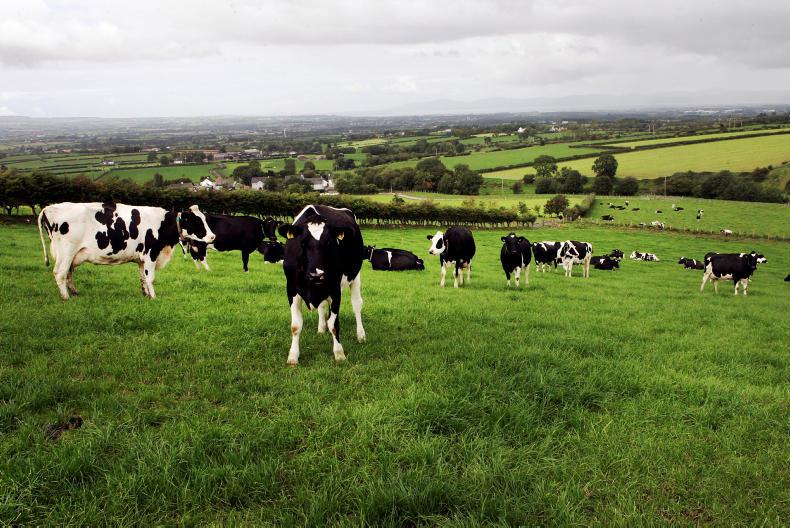
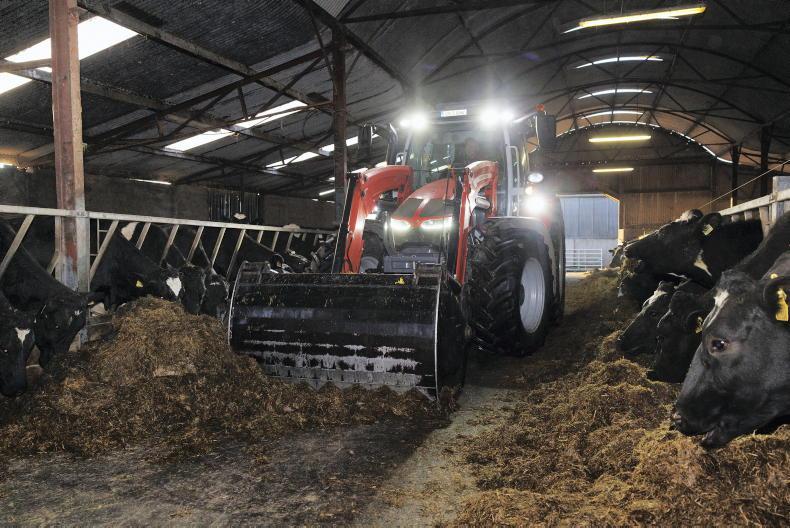
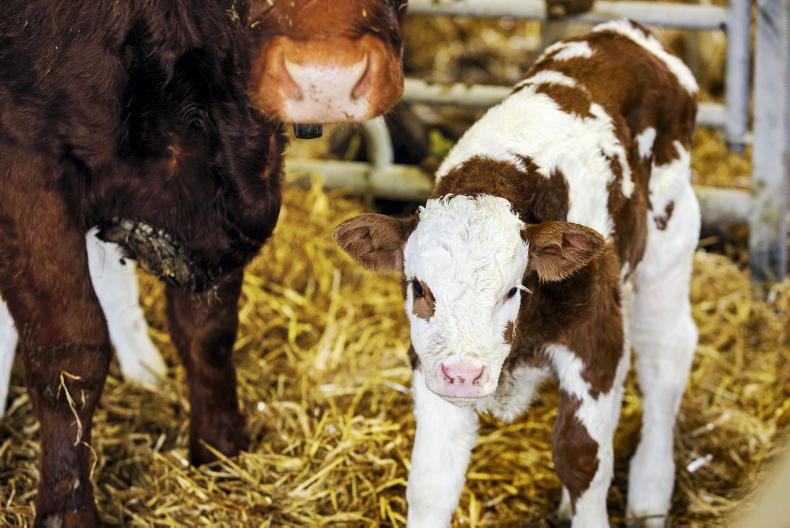
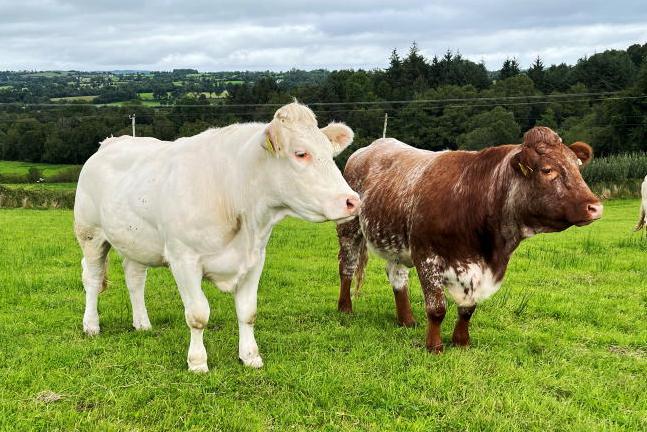
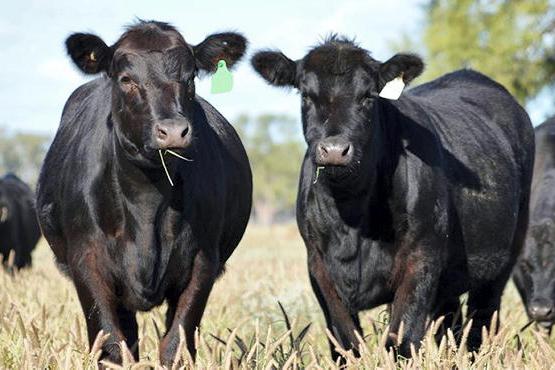
SHARING OPTIONS